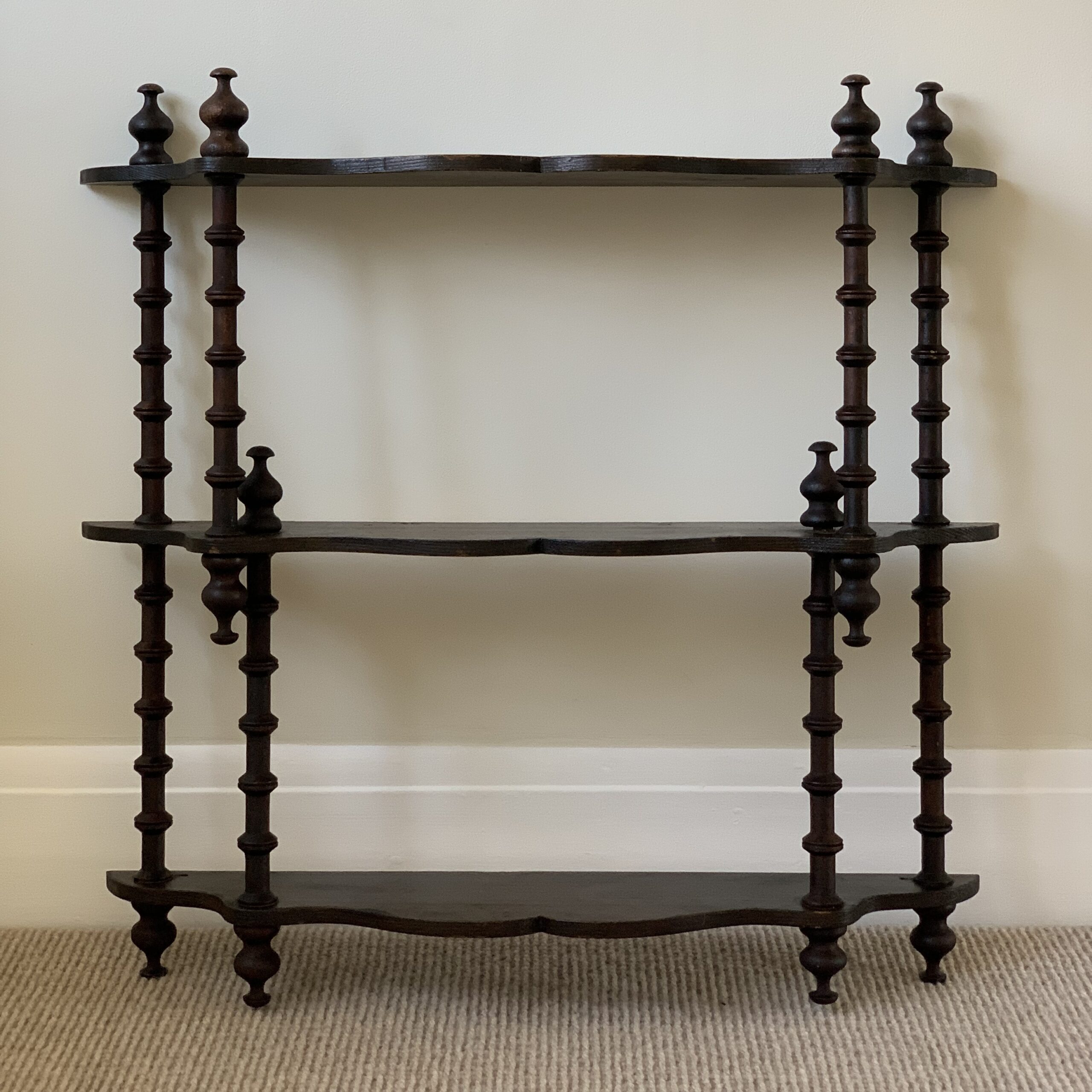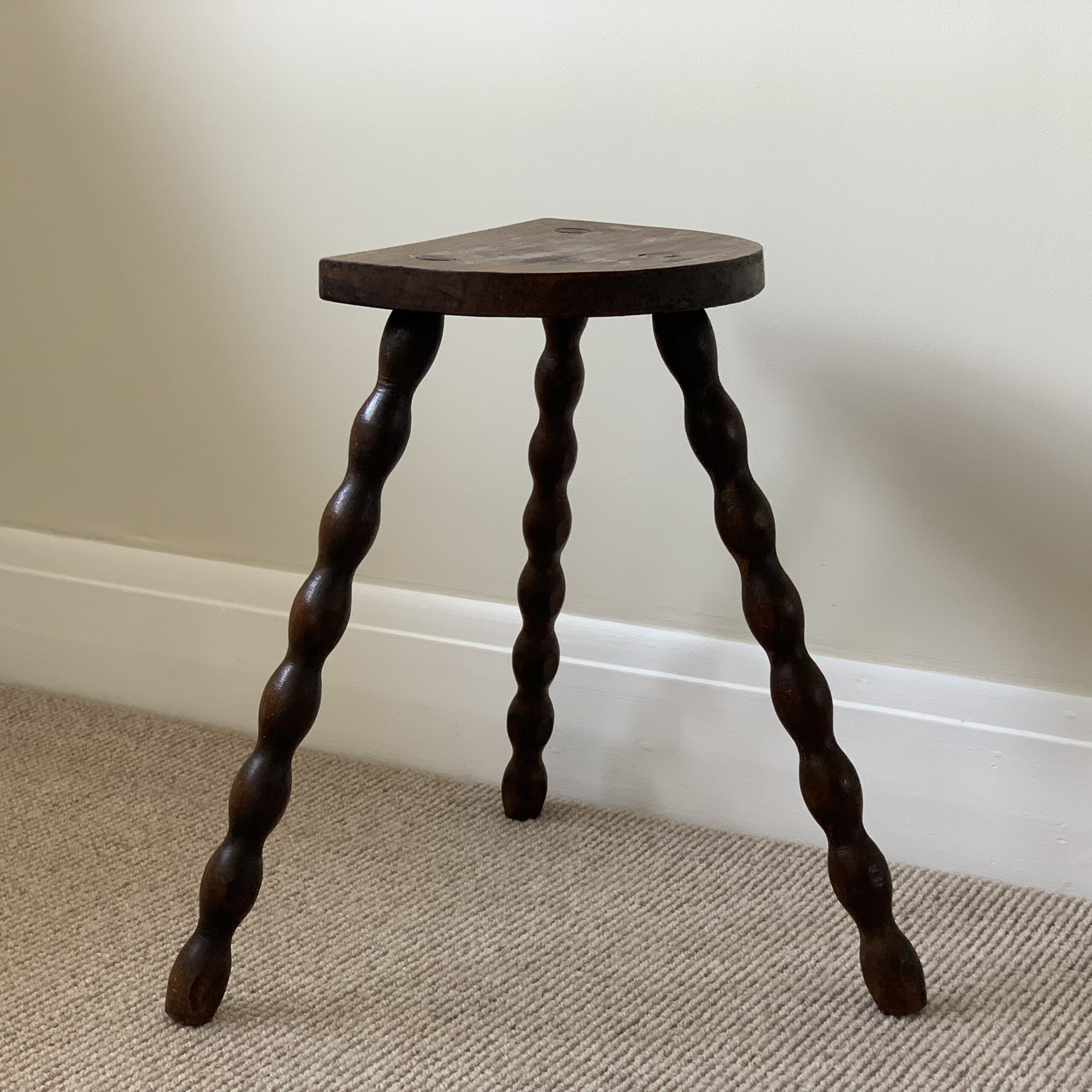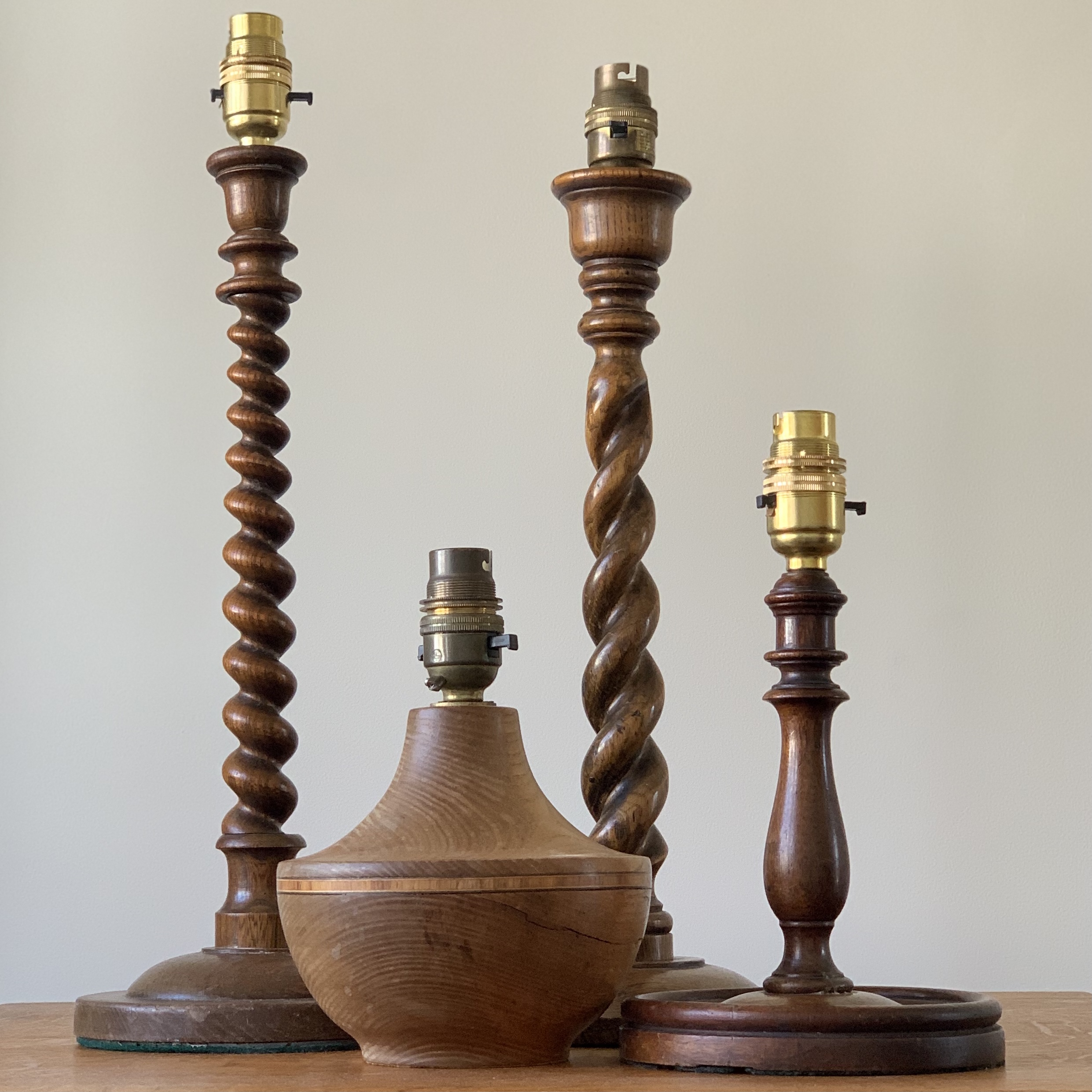Antiques Trade Talks – Custodian Antiques
 Founded by partners Rachel McKenna and Tom Hinz, Custodian Antiques is a carefully curated collection of English and French furniture from the late 19th and early 20th centuries. Showcasing their pieces on Instagram, the pair are passionate about helping home lovers create beautiful interiors using antiques.
Founded by partners Rachel McKenna and Tom Hinz, Custodian Antiques is a carefully curated collection of English and French furniture from the late 19th and early 20th centuries. Showcasing their pieces on Instagram, the pair are passionate about helping home lovers create beautiful interiors using antiques.

How did you get started in the world of antiques and homewares?
Custodian Antiques began through our passion for creating our first home together. We found ourselves spending our spare time travelling to local antique fairs and flea markets in search of furniture and homeware items. The thrill of discovering special and unique items each time inspired us to create a store where we could share our finds with others.
What is their unique appeal?
To us antiques symbolise tradition, timelessness and craftsmanship. Pieces were often built to last and were hand-crafted using natural, high-quality materials which is why they still exist today. Pieces are also limited, carrying their own unique story and offering a special piece of history that can be enjoyed for decades to come. When used in interiors, antiques add depth, character and interest to a room.
What areas/items are currently in demand and why?
Furniture in dark wood tones typical of Victorian and Edwardian times are especially popular at the moment. This is because many of our customers are restoring period properties and are passionate about furnishing with pieces that would have been used in their homes around the time that their houses were built. We have also seen an increase in popularity in French furniture that has turned-wood detailing such as bobbin and barley twist. These pieces demonstrate simple, timeless design.

What do you think will be in demand in the future?
Antique furniture that is becoming increasingly harder to find. For us we have found this to be larger pieces of 19th-century furniture like pine dining tables and cabinets. We also think that pieces from the Arts and Crafts Movement will continue to grow in popularity. This is because these pieces represent a rejection of mass-production, something that resonates with many consumers today.
How can antiques and vintage items work well in traditional and contemporary settings?
One of the things we love most about antiques is that they work well in both traditional and contemporary settings. In traditional spaces antiques complement the surroundings and provide character and history. In contemporary interiors they can work to add a juxtaposition to a space, providing contrast and a point of interest.
What items do you have at home/collect and why?
Most things in our home are either antique or second-hand. We live in an Edwardian property with lots of original features such as cast iron fireplaces which we have decorated with vintage finds such as brass candlestick holders and earthenware pots. We also enjoy adding pieces from across different eras. For example, in our dining room we have a 19th-century Victorian dining table placed next to an Art Deco cabinet, and a midcentury pendant light by Danish designers Fog & Mørup hung from the original ceiling rose.
Do you think any pieces being produced now will be the antiques/vintage of the future?
Yes, absolutely. There is a wealth of amazing artisan designers out there who are creating well-crafted pieces of furniture that are inspired by traditional design. Some of our personal favourite makers at present are Alfred Newell, Wilkinson & Rivera and Galvin Brothers. To be an antique of the future an item must uphold core values such as authenticity, quality and craftsmanship. These pieces will certainly stand the test of time and will be enjoyed for many years to come.

How is the antiques and vintage industry changing and are you optimistic for its future?
The industry is becoming much more accessible thanks to the masses of information that is now available. We feel very optimistic about the future of antiques, especially as consumers are starting to change their buying habits and favouring second-hand furniture over mass-produced pieces. We also feel that history, uniqueness and craftsmanship are becoming evermore important to buyers, which is something that antiques hold in abundance.
How is new technology good for buyers/collectors?
New technology is brilliant for buyers and collectors. It allows you to carry out in-depth research and connect with fellow dealers and collectors. We have found that Instagram has been a particularly useful tool for building relationships and is also an endless source of interiors inspiration.
Tell us some trade secrets – what key things and question should buyers consider and ask?
We always think it is important to ask the provenance of a piece as this is often a great starting point when trying to find out more about it. If looking at an item in person be sure to thoroughly look over it and ask the dealer if there is any damage that they are aware of. If browsing online read through the item description and examine the photographs to check the condition before purchasing.

What antiques/vintage pieces would you buy if money were no object?
That’s a very good question. We would love to build a collection of antique persian rugs for around our home. We would also invest in a Victorian armchair that we could have professionally re-upholsetered.
You’re down to your last 50 quid – what antiques/vintage items would you buy?
We would probably build upon our existing collection of vintage crockery and buy some hand-painted plates and bowls.
Where are your favourite hunting destinations and fairs – why those?
Our favourite fair has to be Sunbury Antiques Market at Kempton Park Racecourse as both the organisers and dealers are brilliant. We also enjoy visiting the IACF fairs and local car boot sales as you never know what you are going to find. Something we like to do when we have a spare day at the weekend is to pick a random location and visit the antique shops in the area.
What are some of the biggest mistakes that buyers make?
One of the biggest mistakes buyers can make is panic buying. We’ve often purchased pieces on a whim before doing research or carefully examining the piece. Another mistake is underestimating restoration work. Often this doesn’t go as smoothly as expected and can add additional time, money and resource. It is extremely satisfying to restore an item that was previously in disrepair, but it is important to account for the extra resource when purchasing.

Is the antique and vintage marketplace attracting younger buyers?
Yes, definitely. We have seen an increase in both younger dealers and collectors during the short time we have been running our store. Market research carried out by The Telegraph last year also showed that an increasing amount of millennials are spending more on antique furniture, especially online. This is being driven by their desire to invest in pieces that have a backstory and that are more sustainable.
How can the industry attract more younger buyers?
One of the ways in which the antiques industry can attract younger buyers is by continuing to create a positive community. Mentoring is a great way for experienced dealers to share their knowledge and expertise with younger buyers and collectors. We are also hopeful that the growing popularity of interiors content featuring antiques on platforms such as Pinterest and Instagram will continue to inspire a new generation of collectors.

